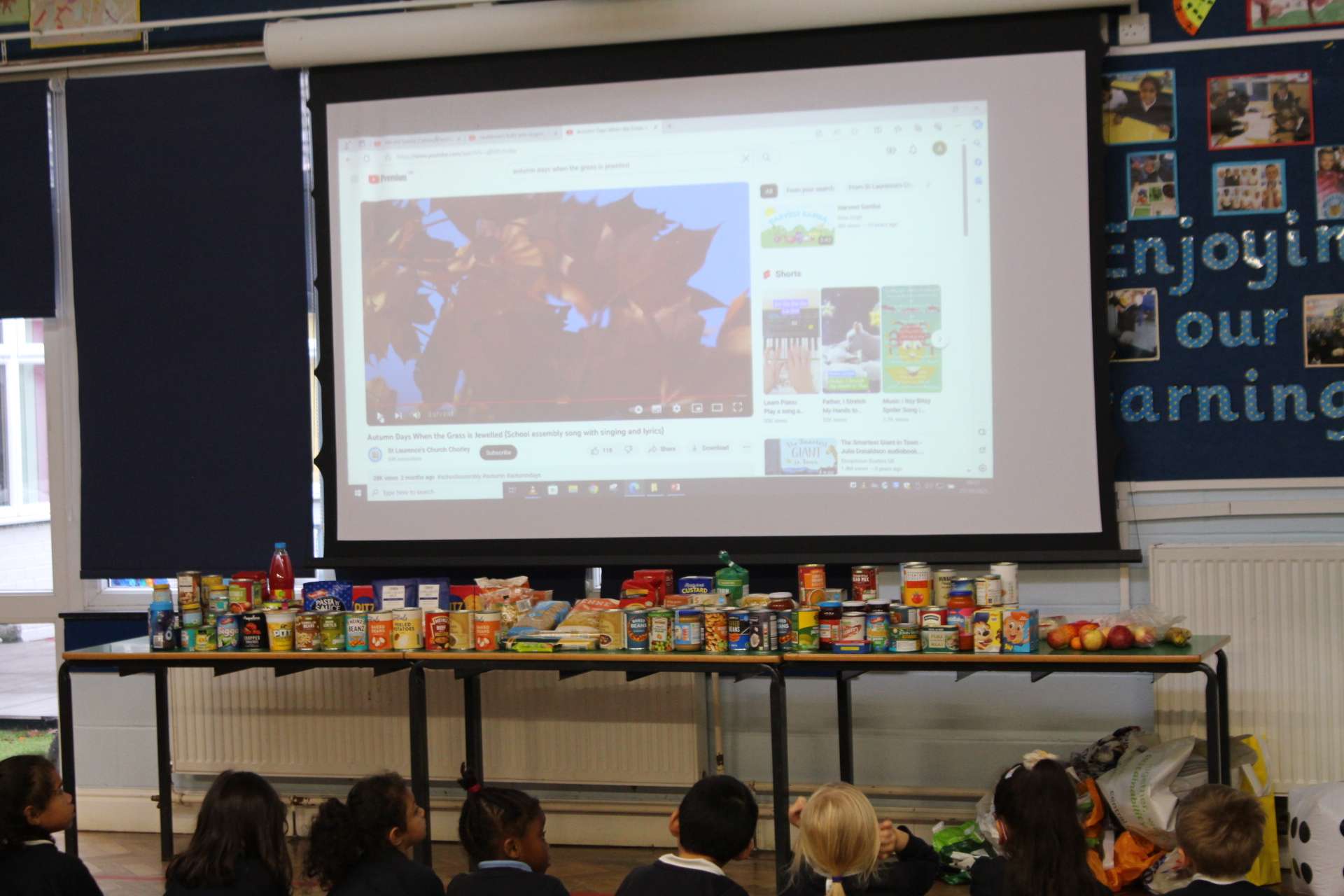Introduction:
The primary assembly is an essential aspect of the education system, providing students with a communal space for learning, engagement, and growth. Despite its importance, achieving a successful harvest in the primary assembly can prove to be quite a challenge. This article will discuss the difficulties faced in organizing primary assemblies and suggest possible solutions to overcome these hurdles.
Challenges in Organizing Primary Assemblies:
1. Timing and Scheduling
Coordinating an assembly that incorporates the entire student body can be quite difficult. Schools must carefully consider multiple factors, such as class schedules, room availability, and teacher responsibilities.
2. Engagement
One of the most significant challenges in organizing a primary assembly is keeping students engaged and attentive throughout the proceedings. Achieving this requires careful planning of diverse activities that cater to different age groups and learning styles.
3. Balancing Educational and Enjoyable Content
An effective primary assembly should seamlessly combine educational lessons with entertaining content to sustain student interest without overwhelming them with information.
4. Cultural Sensitivity
In today’s diverse communities, organizers must ensure that their assemblies reflect multiple cultural backgrounds and address any potentially sensitive topics with care and respect.
5. Resource Constraints
Financial constraints can limit access to high-quality materials or hinder the chances of inviting guest presenters or engaging in large-scale events.
Solutions for Reaping a Successful Harvest at Primary Assemblies:
1. Advance Planning
Given the complex nature of arranging a primary assembly, it is crucial for schools to start planning well in advance, taking into account schedules, resources and potential pitfalls.
2. Student Empowerment
Allowing students to take active roles in organizing and presenting during assemblies helps boost their confidence as public speakers while fostering a sense of community ownership and engagement.
3. Incorporate Interactive Elements
Including interactive sessions such as quizzes, debates or group activities can help break up long presentations and maintain student attentiveness throughout the assembly.
4. Collaboration Between Teachers and Students
By encouraging collaboration between teachers, administrators, and students, primary assemblies can become a shared responsibility involving all members of the school community.
5. Utilizing External Resources
Seeking external opportunities such as community partnerships or sponsorships can help provide resources and support for organizing primary assemblies without straining institutional budgets.
Conclusion:
Primary assemblies are essential components of educational institutions, offering an opportunity for students to engage with collective learning experiences and connect with their peers. Despite the numerous challenges in organizing these events, proactive planning, collaboration between stakeholders, and utilization of innovative approaches can lead to a fruitful harvest season at the primary assembly.





